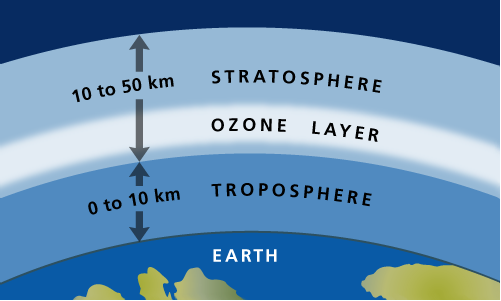Oxygen is often heralded as one of the most important molecules known to man. It is involved in a wide array of reactions including combustion, rusting, and perhaps most importantly, respiration. Oxygen makes up about 21% of our atmosphere, and is usually abundant all around us in high enough concentrations to sustain human life, except above us. The reason for this is that the atmosphere thins with increasing altitude, and this is particularly relevant when it comes to the topic of commercial flights. While we usually pay no heed to the air we breathe in, there is in fact a lot of effort put into maintaining the air pressure of the cabins at an acceptable level (usually ~0.76atm). However, there are situations that could cause the air cabins to lose air pressure to the surroundings. In said situations, passengers have less than half a minute to react and utilise the deployed oxygen masks or risk passing out.
1. Oxygen masks are crucial for flight safety
Airplanes are pressurized to artificially keep the cabin at a lower altitude so that people can breathe without discomfort. However, without a pressurized cabin, the air is too thin at high altitudes hence oxygen is too scarce for our body to function. The average person would pass out in about 15 to 20 seconds without the assistance of an oxygen mask.
2. The development of this Chemical Oxygen Generator is safer for flight
Unlike diving tanks, where oxygen is compressed into a tank, oxygen is “stored” in a cocktail of chemicals located above each passenger seat. In the event that there is a sudden loss of cabin pressure, oxygen masks will drop down from the panel above each passenger. The chemical mixture will only ignite to produce oxygen gas upon tugging of the mask. This method of production and delivery is more efficient and safer compared to compressed oxygen tanks.
3. The Chemical Oxygen Generator can be used in other environments
This production method can be modified to suit the environment where oxygen is needed. For example, submarines operated in a high pressure closed-circuit environment and hence, the chemical mixture has to be contain in a metal casing that is able to withstand high pressures.
References used:
The truth and myths about oxygen masks on airplanes
www.telegraph.co.uk/travel/travel-truths/truth-about-oxygen-masks-on-planes/amp/



